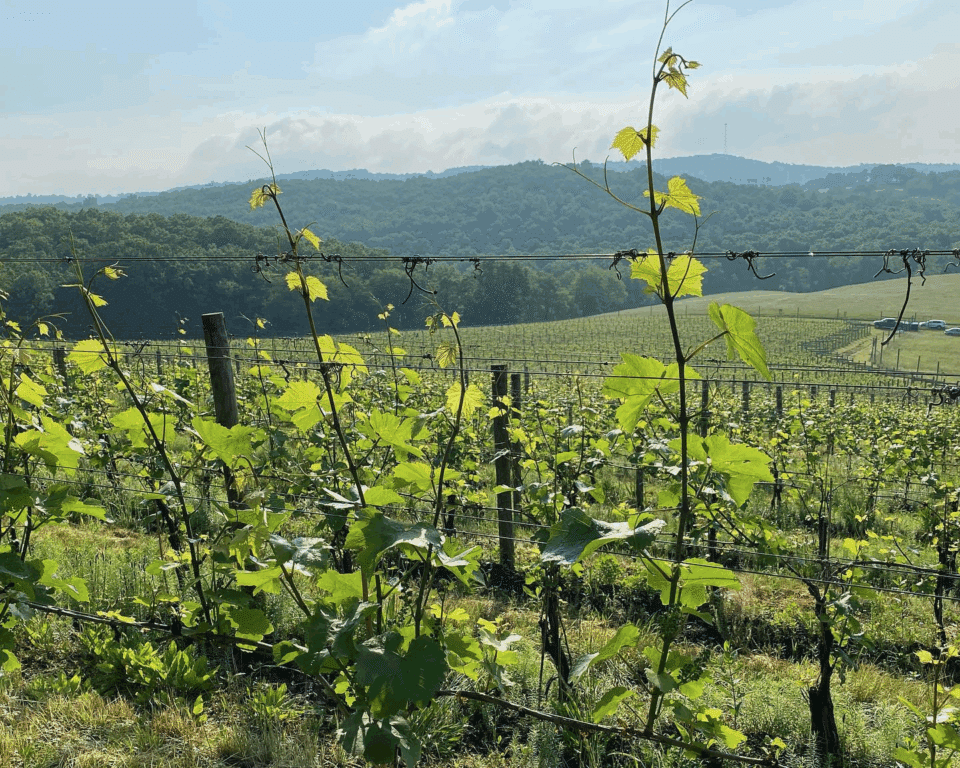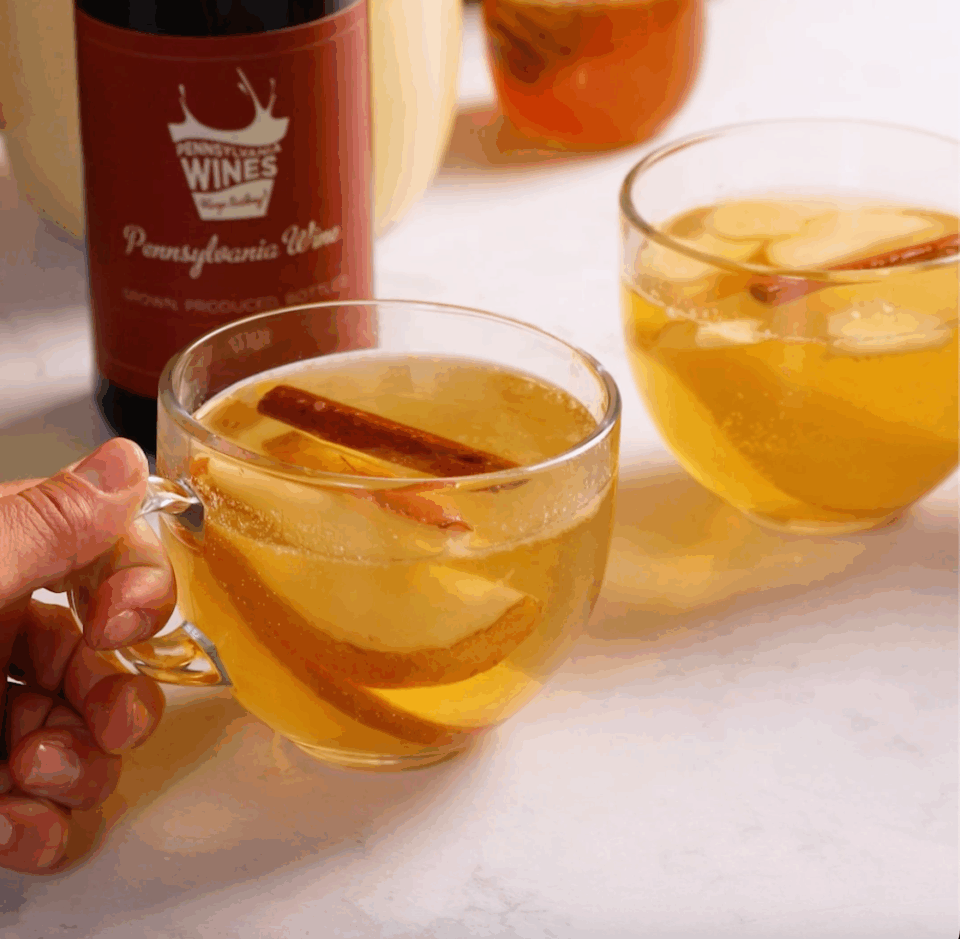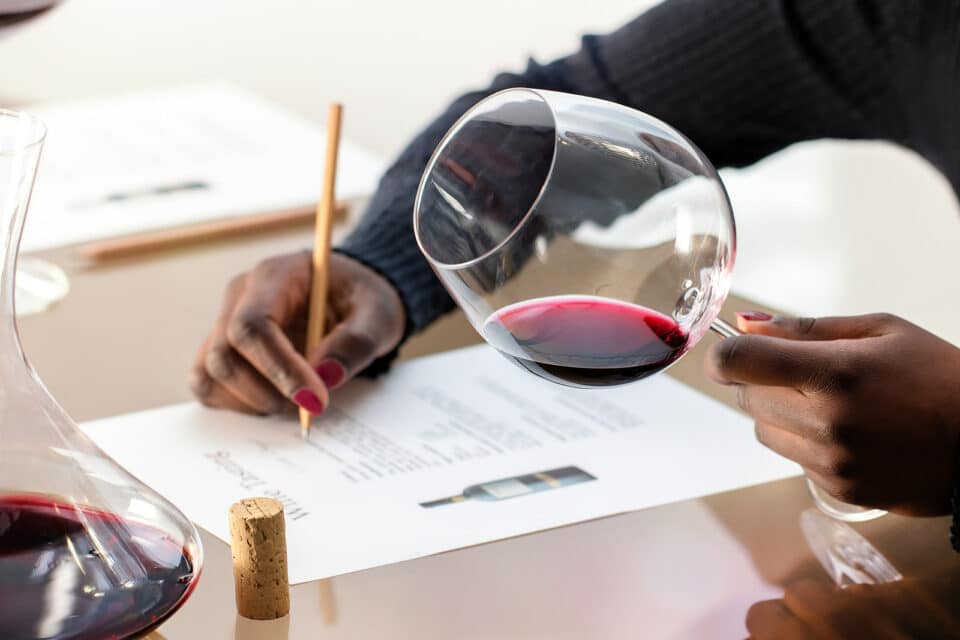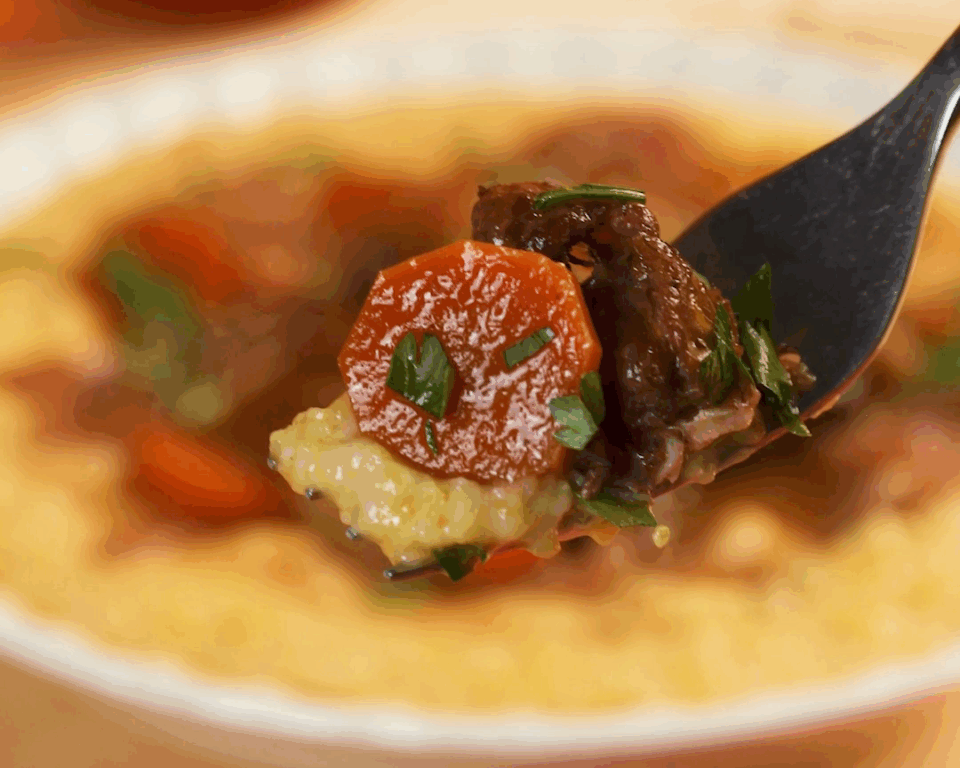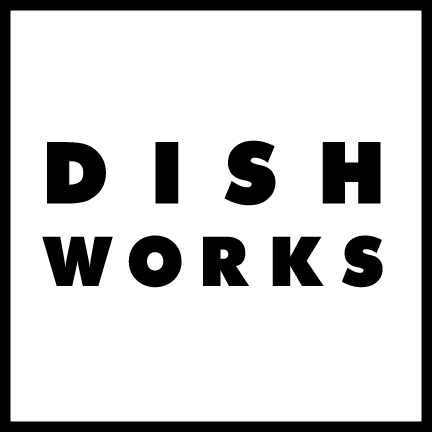Trends tell us a lot about ourselves. They reflect our preferences, innovations and curiosities, whether ephemeral or enduring. They also reveal our deeper value systems and what’s truly important to us as a society. In the world of wine, the ways that we produce, package and enjoy this ancient beverage all tell a story of our evolving and shifting interests.
To learn more about the up-and-coming wine trends in PA, we spoke with Nicholas Ducos, Winemaker and Co-owner of Mural City Cellars in Philadelphia and Kathy Kelley, Professor of Horticulture Marketing and Business Management at Penn State University. Each is tapped into the currents moving the wine industry forward.
Authentic Fruit Flavor
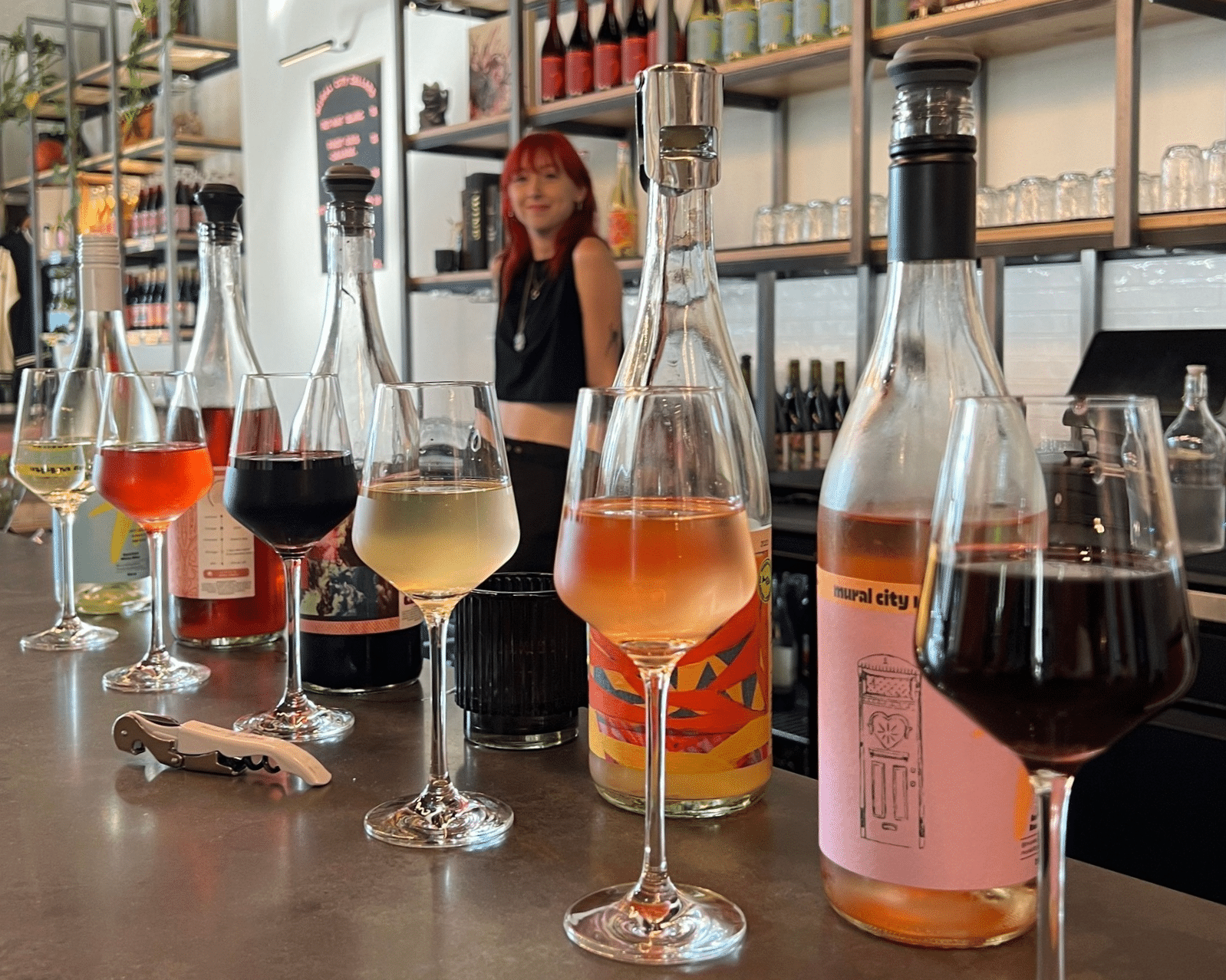
A variety of wines at Mural City Cellars
More and more modern wine drinkers seek a connection with the terroir and agriculture behind the wine in their glass. It reflects a growing interest in sustainability, transparency and reduced artificiality and intervention. This manifests in a variety of product trends and in-demand flavors.
Winery guests often ask Ducos if the Mural City Cellars wines are “natural.” He says, “We get that a lot, more than I think we ever used to. I always go back to the question of, ‘What is natural wine to you?’”
Some consumers seek wines made with minimal or no synthetic chemicals or additives. This can include sulfites, which are added to wine to preserve its freshness and flavor. Others show interest in wines fermented with only the grapes’ native yeasts, while others look for unfiltered wines, which retain more yeast, particles and sediment.
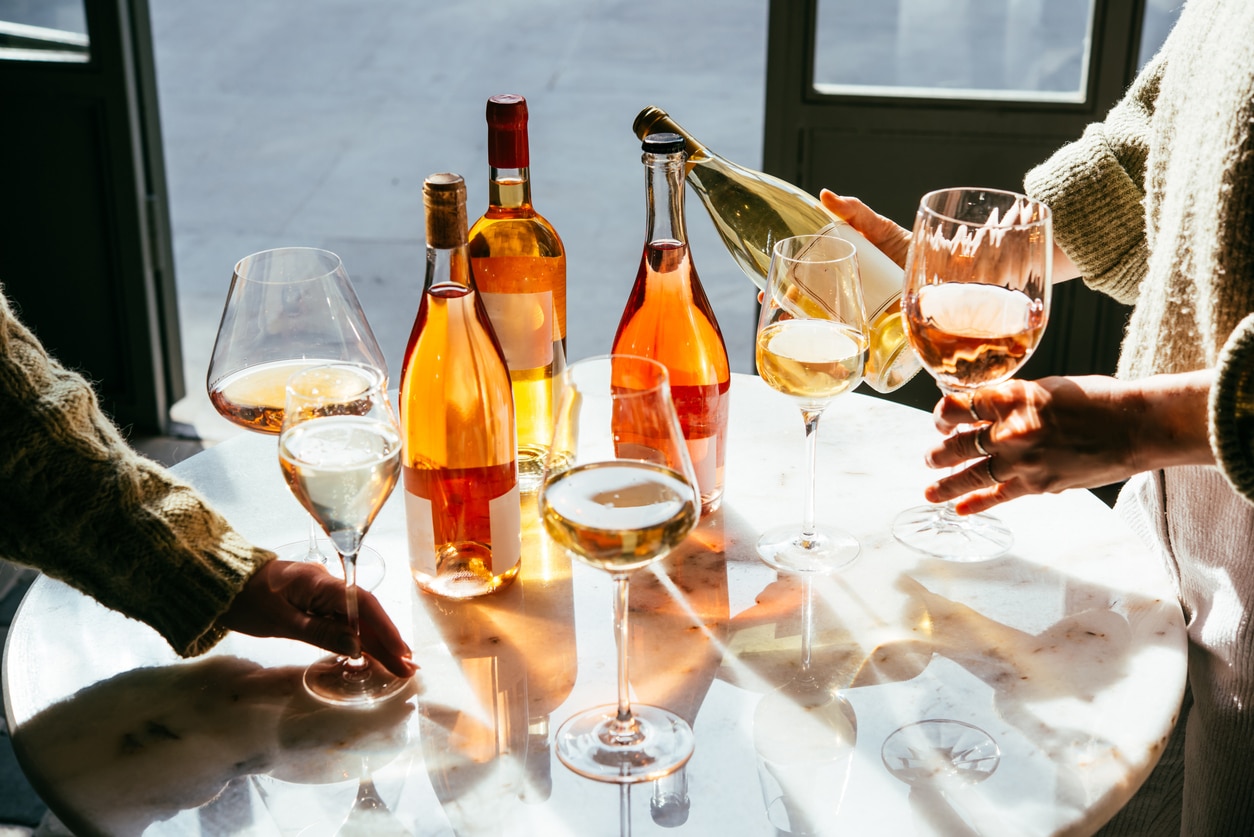
Mural City Cellars meets the demand for natural wines in a couple of ways. Its Skin Contact blend is an orange wine that Philadelphians frequently request. It’s made with Traminette, Chardonnay, thick-skinned Petit Manseng and mineral-driven Tocai Friulano, all grown nearby. Skin contact (aka orange) wines are white wines that ferment for a period of time with the grape skins left in the juice, rather than removed, creating an amber hue. Mural City allows for four days of skin contact, which gives the wine a hint of texture, tannins and ginger flavor.
Mural City Cellars also produces pét-nat sparkling wines, which are also in increasing demand. Pét-nat is short for “pétillant natural,” which means “naturally sparkling” in French. This wine calls back to an ancient sparkling winemaking method, méthode ancestrale, which sees the wine finish its fermentation after bottling for one continuous fermentation. It results in vibrant, rustic wines with strong grape and other fruit flavors.
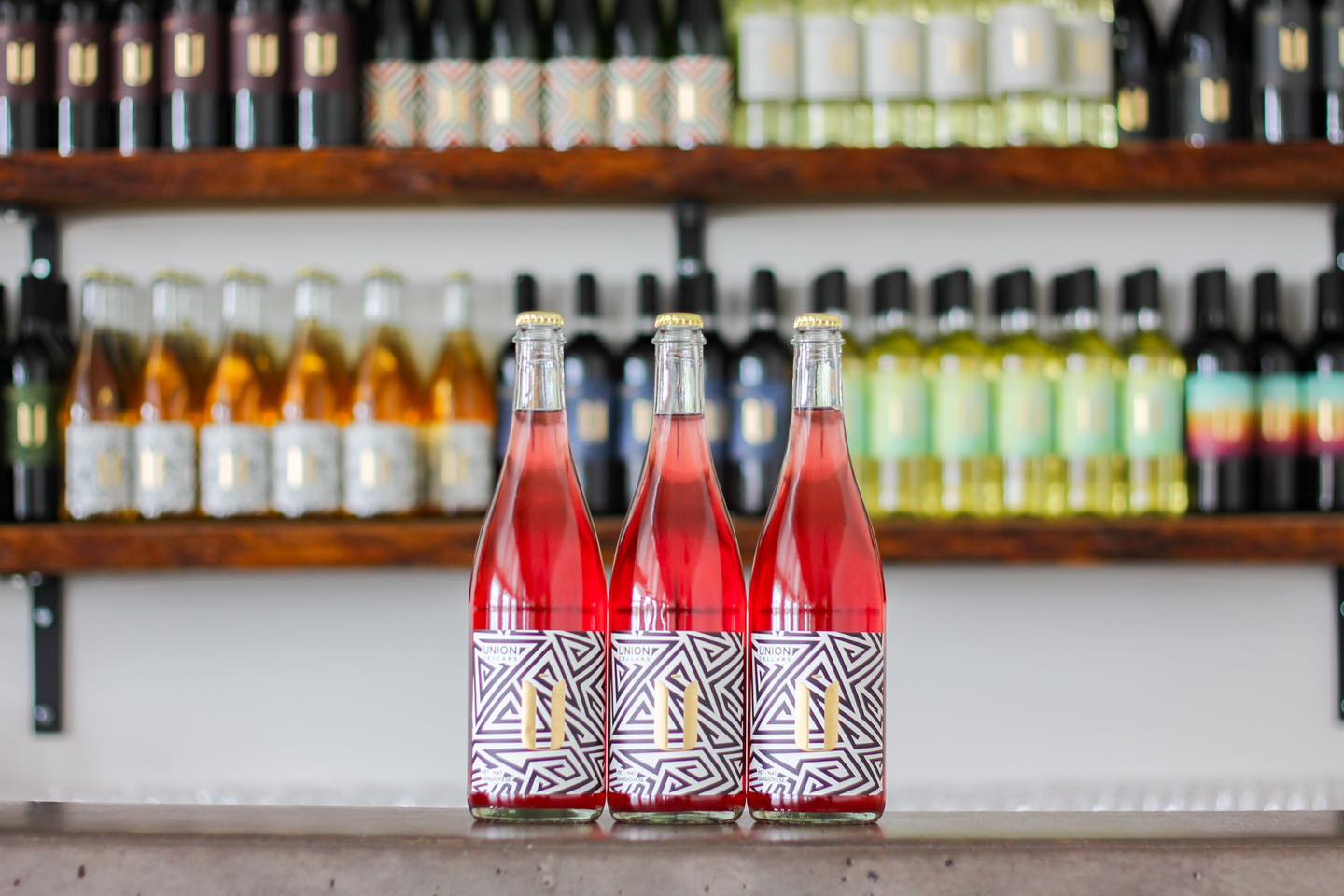
Pet-Nat Sangiovese by Union Cellars
You’ll find pét-nats across Pennsylvania, from Erie’s Presque Isle Wine Cellars’ pét-nat made with Traminette and Mazza’s pét-nats made with Riesling and Chambourcin to centrally located Union Cellars’ pét-nats made with Sangiovese and Sauvignon Blanc. On the eastern side of the state, you’ll find Wayvine Winery & Vineyards’ sparkling rosé pét-nat made with Carmine grapes and Camuna Cellars’ effervescent blend of Seyval blanc, cider and mead, unfined, unfiltered and made with native yeast fermentation called Mixed Dancing.
Then, of course, there’s Mural City Cellars’ ever rotating selection of pét-nats. The Pet-Nat Blanc ‘24 product description tells a compelling story: “These grapes have had lakeside views their entire life and one sip puts you right back in vacation mode!” This vintage, with flavors of pineapple and juicy melon, falls right in line with trend predictions and market research. Noted food “trendologist” Kara Nielsen has predicted that pineapple will dominate beverages for some time. Similarly, food and beverage consultants Flavorman posits that “tropical fruits will steal the spotlight” in 2025 and “evoke sunny escapes in every glass.”

Kelley sees this fruit-forward trend, too. “Fruit-based and flavored wine is really garnering attention, which may or may not appeal to a traditional winemaker, but goes hand in hand with ready to drink (RTD) beverages and appeals to a younger consumer. People are looking for something that has an authentic fruit flavor and doesn’t taste artificial. There’s plenty of fruit wine, aside from grape, available on the market.”
With Pennsylvania’s spectacular array of fruit crops, this trend is a natural fit for winemakers in the Commonwealth.
Urban Wineries
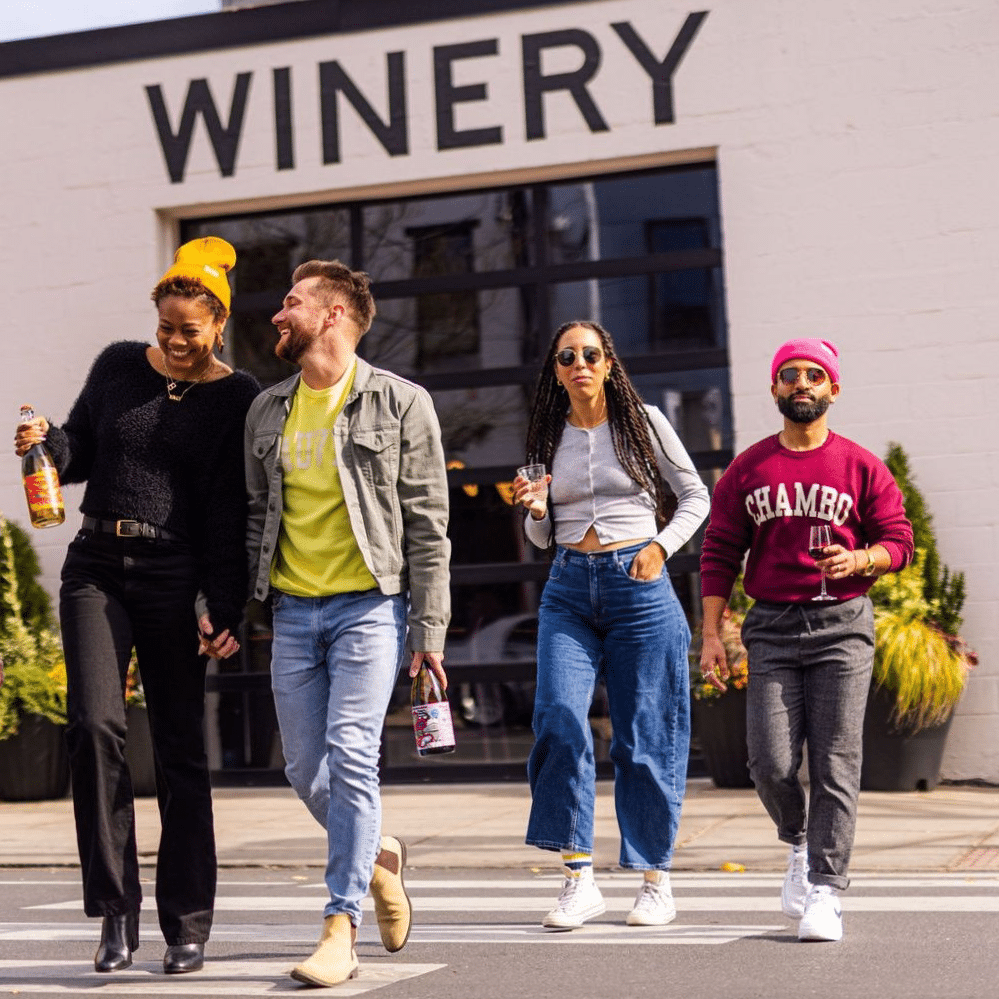
Guests at Mural City Cellars
When Ducos and Francesca Galarus first established Mural City Cellars in 2019, it was the first and only winery in the city of Philadelphia. “We’ve kind of led the charge on the urban winery concept, especially in the state of Pennsylvania,” Ducos says. As the first to do it, they helped clear a path through red tape and city processes for other wineries to follow suit. They’ve also built a model based on local sourcing and nimble winemaking.
“We focus solely on local varietals and local fruits,” Ducos says. “We work with farmers within a 300 mile radius of the city, from upstate New York down to Virginia and the shores of Lake Erie to the tip of Long Island. We work with small farms and all of the fruit is hand-picked.”
This practice of local sourcing strengthens regional economies while bringing a sense of place to the glass. Ducos says, “I think the urban wine trend is going to be the catalyst to support urban and just-outside-of-city-center agriculture. The more wineries that open in these little tertiary cities and choose to use local fruit, the more they support the farmers just outside the cities.”
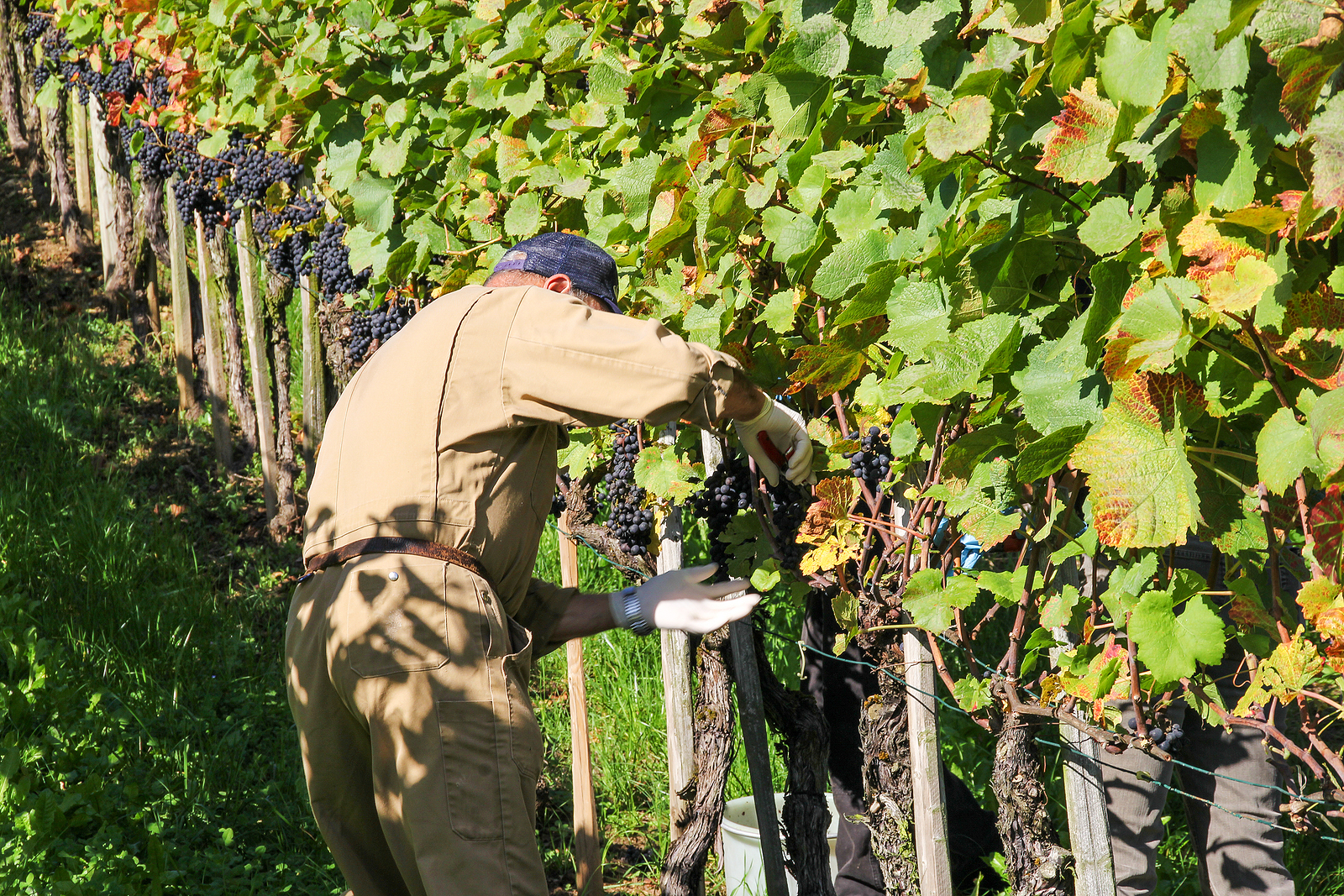
He says there’s been significant growth of farming just outside of Philadelphia, with more people growing wine grapes every year. “So, we need more wineries to purchase those grapes,” he says.
At Mural City Cellars, the local sourcing model enables Ducos and Galarus to remain agile in their production. “Because we’re an urban winery, we have the ability to make anything we really want,” he says. “We’re not locked into one vineyard growing two varietals. So, we make about 13 different skus every year and we’ve been fortunate enough to never have to make the same wine twice.”
This nimble winemaking also fits well with the dynamic and shifting interests of the winery’s guests. “We don’t ever really shoot for consistency. In the urban market, breweries are putting out a new beer every month or two. The consumer wants change – what’s different, what’s new. Consistency tends to get boring, especially when everyone around you is changing things up. So we play that game, which has been an interesting part of our business, because that’s not the classic winery model.”
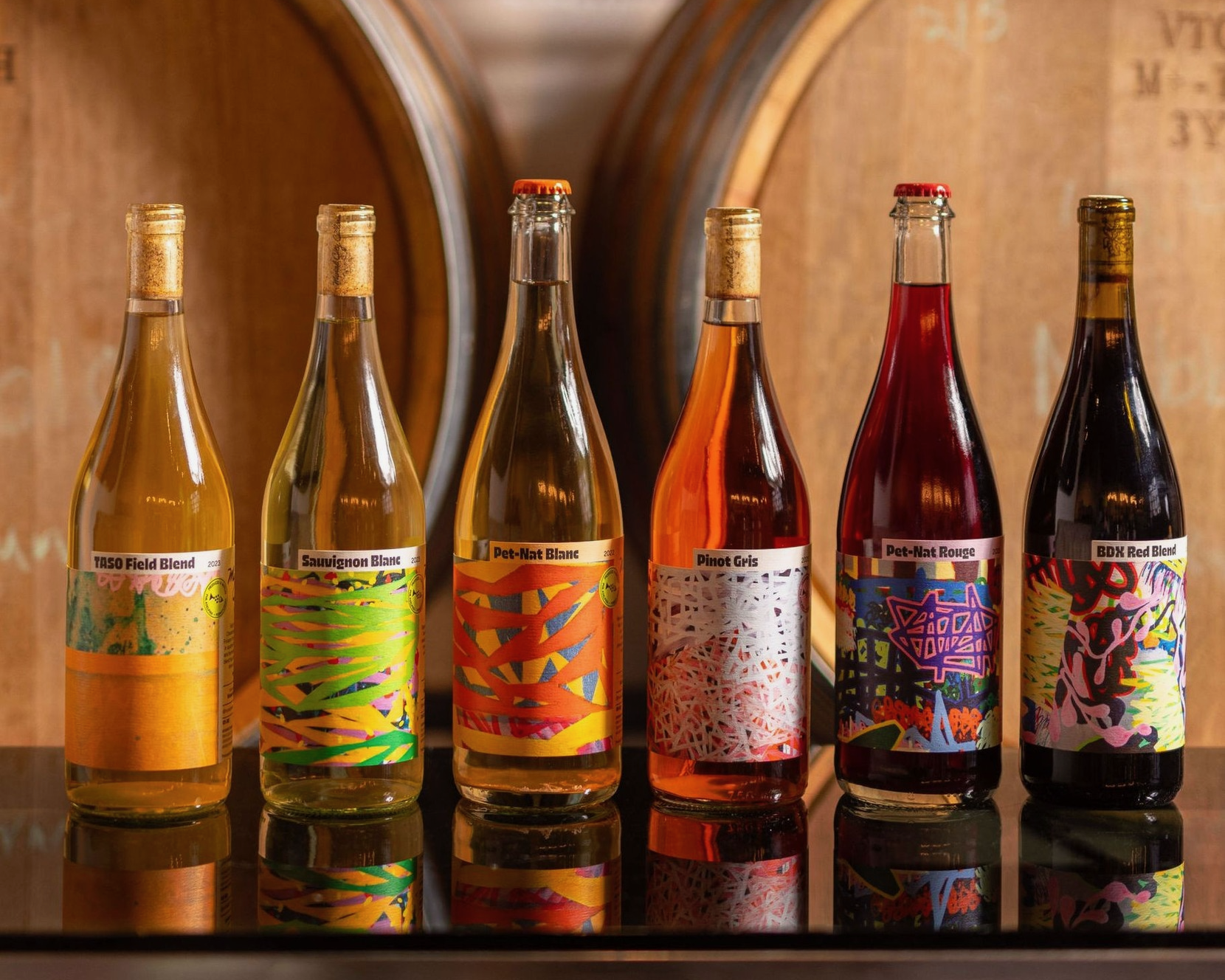
Bottles of Mural City Cellars wine.
With the ability to source grapes more freely, Mural City Cellars can also produce wines based on weather and climate impacts of a given vintage year. If excessive heat impedes fruit concentration, for example, they can play with barrel aged wines. They also don’t name their primary wines for grape varietals, but simply call them House Red, House White, House Bubbles and House Rosé. They use Chambourcin and Vidal blanc grapes the most, but have plenty of room to experiment.
Dialing Down the ABV
Of all the wine trends, NOLO might just be creating the most buzz. It’s not the usual wine buzz, either. NOLO (or Lo-No) stands for no alcohol/low alcohol consumption, with NOLO wines containing far less than the typical alcohol by volume (ABV) percentage of 10-14%. Alcohol-free (0% ABV), non-alcoholic wine (less than .5% ABV) and low alcohol wines offer a wine drinking experience minus the alcohol, and a growing sector of people are seeking it out.
“We’re definitely seeing interest in the NOLO alcoholic beverage category,” Kelley says. “Consumers are reevaluating their consumption.”
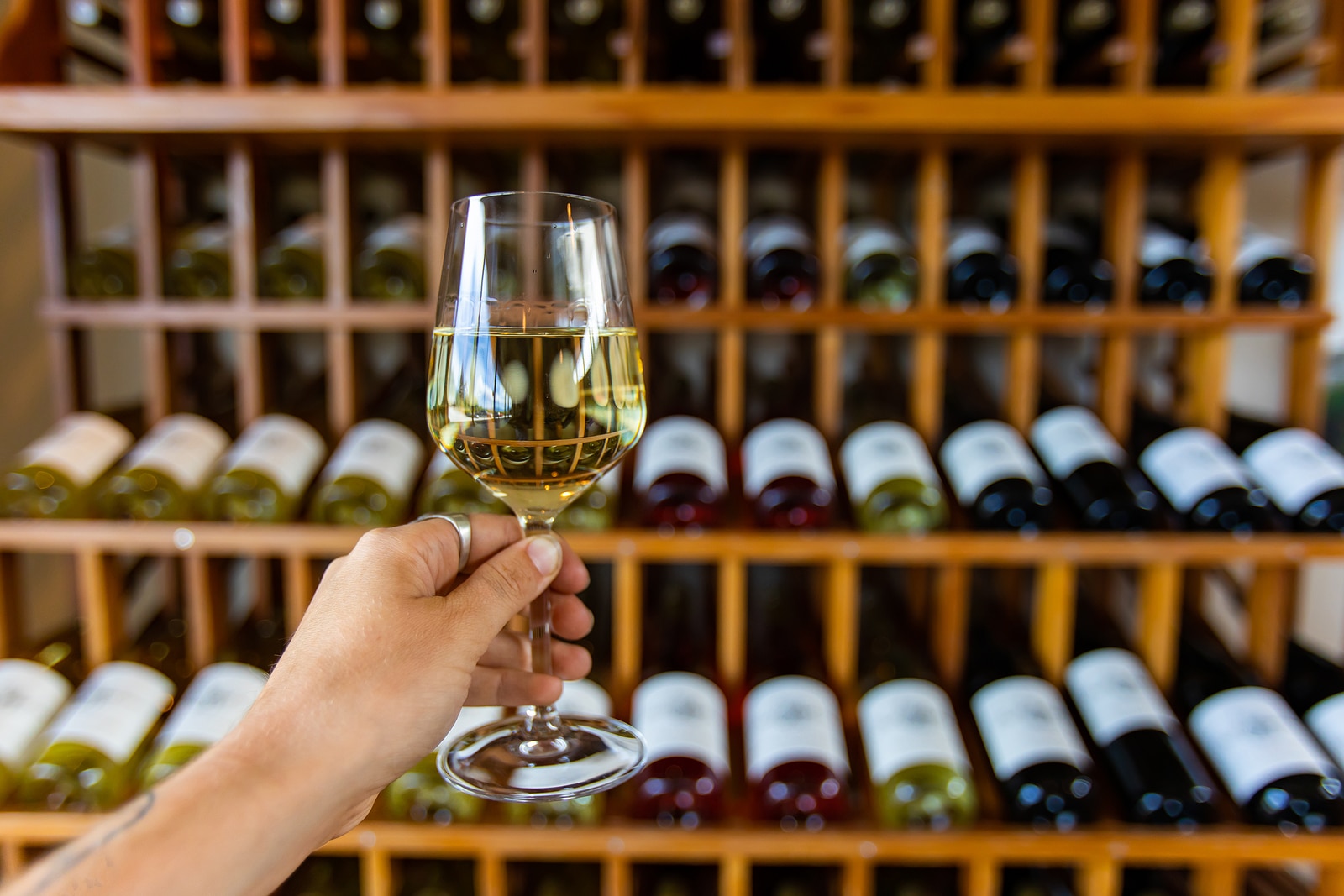
So, why are people embracing the NOLO trend? Many point to a growing interest in mindfulness and wellness, particularly among Millennials and Gen Z. But, as Kelley explains, it’s more complicated than that. “It’s very situational,” she says. “We’re definitely seeing that there’s a consumer segment gravitating towards that NOLO category. But, there’s also data showing that 93% of consumers who bought NOLO in 2024 also bought wine, spirits or beer at the traditional ABVs. People are making choices to consume at a certain time, and not at another. There’s a variety of different reasons why people are choosing to do this.”
One of those reasons is that people are seeking moderation. “We see a greater percentage of consumers who are zebra striping,” says Kelley. Zebra striping is alternating between alcoholic and non-alcoholic beverages at social gatherings. This on-off pattern, akin to black and white zebra stripes, allows for moderation of consumption while still partaking. Others may turn to NOLO as a step up from soda or pop, instead of a step away from traditional wine. It’s a more nuanced, elevated option than, say, cola or club soda.
Whatever the rationale, the NOLO trend presents new challenges and opportunities for Pennsylvania winemakers. Some are producing mid-range ABV wines, such as piquettes and fruit wines. Piquettes are easy drinking, slightly sparkling and low ABV wines made from a second pressing of grape pomace (the leftover skins, seeds and stems). Winemakers add water to this pomace and allow it to ferment. Fruit wines are made with fermented fruit.
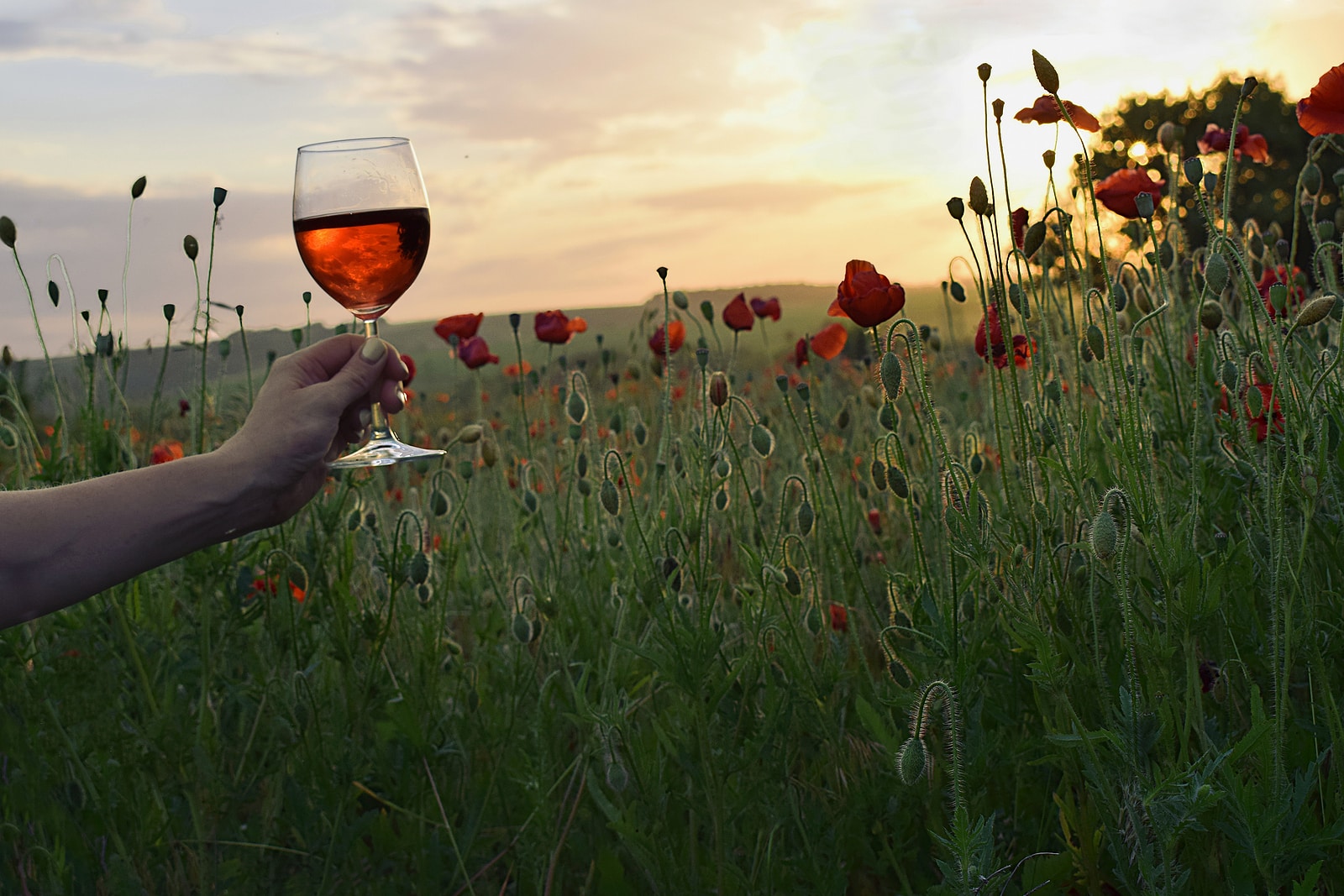
Jay Bell of Bella Terra Vineyards in southwestern PA produces a sparkling rosé piquette at 8% ABV that’s available in cans. Kyle Jones of The Acadian Wine Company in Chester County makes a 5% ABV piquette that’s served on draft at the winery. And Josh Slider at Wyndridge Farm in York County offers a sparkling raspberry riesling fermented fruit wine at 7% ABV and served in cans.
One of the best ways to produce a nice, complex wine without alcohol is through de-alcoholization. This process often involves special equipment to conduct reverse osmosis, effectively separating out the alcohol in the wine while preserving the original flavor and aroma molecules.
While the market demand for de-alcoholized wines certainly exists, it’s yet to be embraced widely by private winemakers. As Ducos points out, it’s approximately $300,000 for a de-alcoholizing system, making it a significant investment. And, global winemaking leaders like Italy and Spain have yet to jump on board the trend.
At Mural City Cellars, Ducos says, “People aren’t requesting lower alcohol wines from us. But, I will say, being an East Coast winery, we tend to make lower alcohol wines, anyway. Our wines range from 11% to, the most we’ve ever done, 13%. We’re not making 14-15% ABV wines here. We’re a cool climate. We just embrace what the region does.”
Community Experience
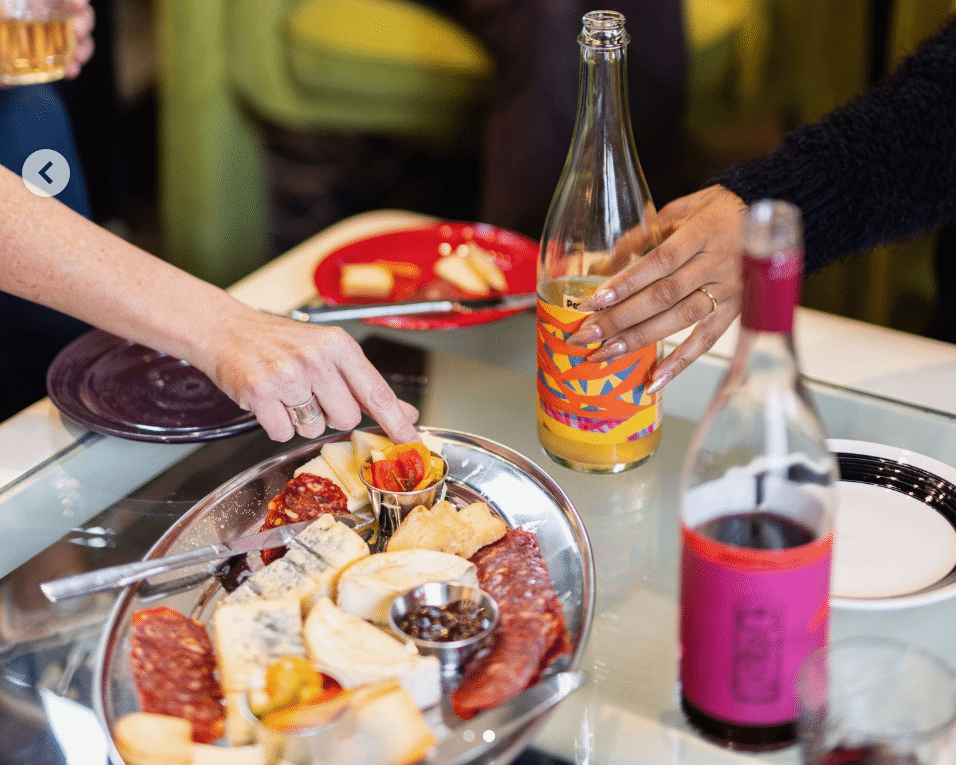
Social interaction is a fundamental human need, and in an increasingly siloed, digital world, the drive for togetherness is sparking trends in all areas of life. In the wine world, a community experience is in growing demand.
“I think that, if there’s any trend that’s going to stick around and keep businesses afloat, it’s going to be creating a place where people actually want to hang out and be a part of things. The days of people going to wineries, buying a case of wine and getting out of there are done. People need to have reasons to come back, to become members of the wine club, to bring their friends. They want wineries to create that community. It’s been really successful for us, and I think that’s something that’s going to be sticking around,” Ducos says.
At Mural City Cellars, Ducos and Galarus foster community in a number of ways. The first is by leading with hospitality. “We’re an experiential business,” Ducos says. The interior is designed to feel like a living room, with communal seating, local art and cozy lighting.
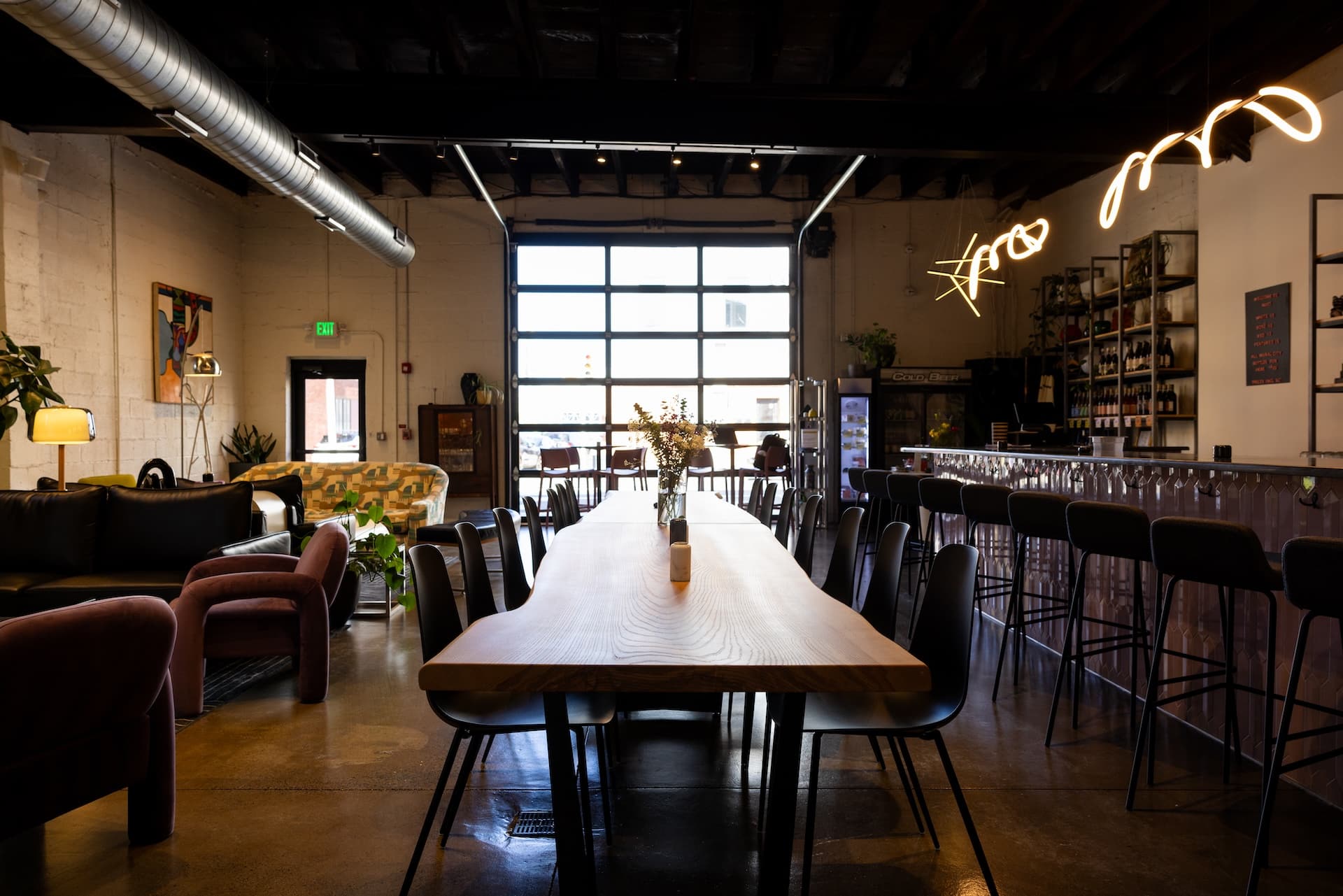
The interior of Mural City Cellars
They also host numerous events such as wine classes, cellar tastings, drag shows, a Rosé Soirée in June and a fall fête. Ducos says the focus is on creating as inclusive and inviting a space as possible.
Countless other Pennsylvania wineries offer similar experiences, ranging from music festivals to car shows, yoga in the vineyard and overnight stays. This expands into food offerings as well, with food truck visits, restaurant partnerships, on-site winery kitchens and satellite eateries opening up across the state.
Additionally Mural City Cellars supports efforts to bolster and beautify its neighborhood, where Ducos and Galaurus reside. Since opening, they’ve donated over $25,000 to neighborhood initiatives in areas like public art and public education. “When we bought a house here, we thought it was imperative that, if we’re going to be residents of the neighborhood, we create a business for the neighborhood.”
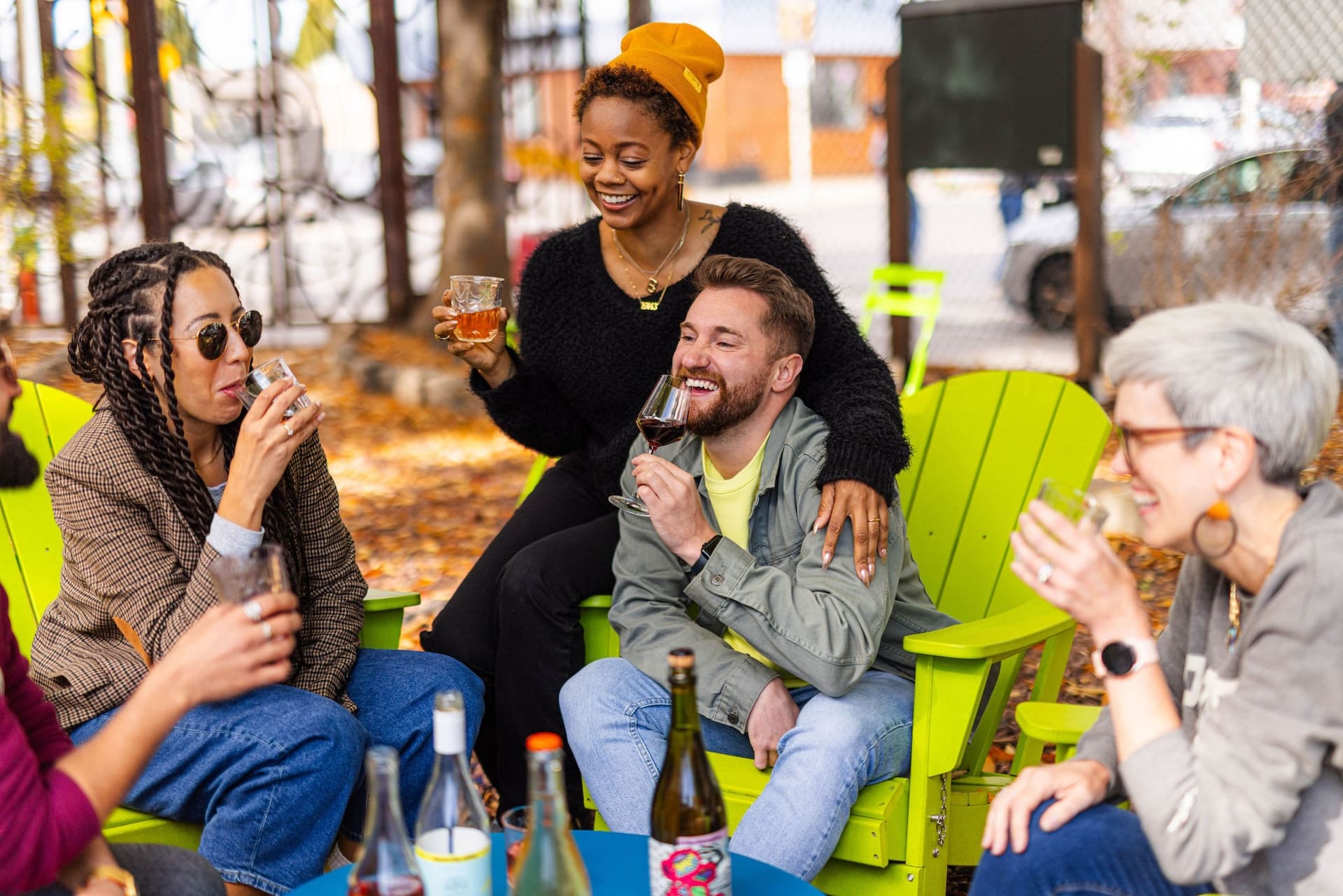
Guests at Mural City Cellars
To connect with wineries near you, check out the Pennsylvania Wine Associations’ searchable map, where you can search by location or winery name. Mural City Cellars is located at 1831 Frankford Ave., Philadelphia; (215) 291-9161.
The PA Vines & Wines series was created in collaboration with the Pennsylvania Wine Association.
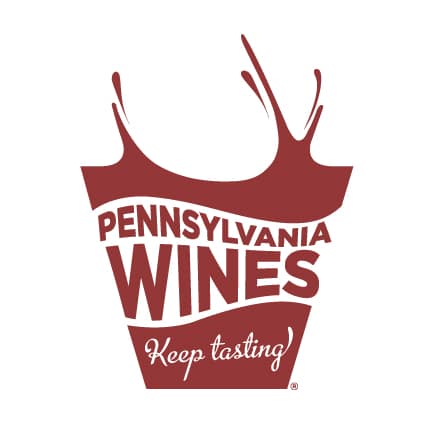
The Pennsylvania Winery Association (PWA) is a trade association that markets and advocates for the limited licensed wineries in Pennsylvania.
- Feature and Mural City Cellars photos: Adrian Garcia and Mural City Cellars
- Union Cellars photo: Union Cellars
- Orange wines photo: iStock
- Wine racks and poppies photos: Bigstock
